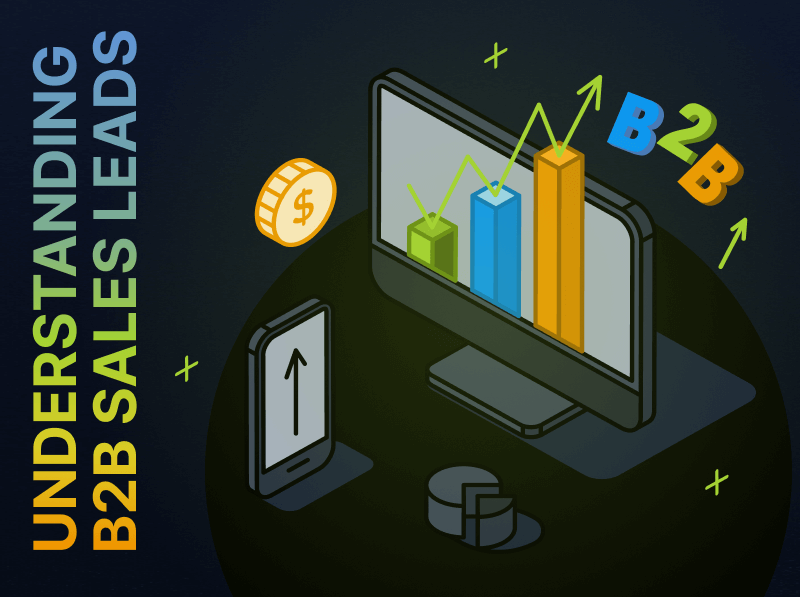CMO Viewpoint: Why It’s More Important Than Ever to Connect and be More Human in 2021
If you’re a reality TV junkie like I am, you’re probably at the part of whatever show you watch where they’re learning about or adapting to this thing everyone started talking about almost a year ago – the coronavirus, COVID-19.
Full disclosure, this week I was half-watching (that state where one is half watching TV and half following up on all the email they have because they’ve been in Zoom meetings all day) Below Deck, a seriously underrated reality TV show about a crew that services ridiculously wealthy people who charter a private yacht for a week in the Caribbean. Here was the conversation during one of the scenes:
Guest 1, reading from the newspaper over breakfast: “Coronavirus could easily tip the US into a recession.”
Guest 2: “I don’t get it…why does that have anything to do with anybody’s money?”
I thought to myself, “Hey lady, have I got news for you…”
Adapting to A New Reality
Nearly a year ago, when people had barely just begun whispering about COVID-19, I found myself in one of those places no marketer wants to be: a week out from their company’s biggest event of the year and in deep discussion about whether to move forward or cancel things straight-away and take the hit to their budget.
It was the first week of March, and while no stay-at-home orders were in place yet, our concern about whether to fill a conference room with hundreds of people was genuine. We were lucky; there was still plenty of hand sanitizer available, and we pulled off our event with few cancellations and no health issues.
A year later, and so much has changed for me personally and for marketers everywhere. In May, I accepted a new role as Integrate’s CMO. As a former Integrate customer, I knew a few of their sales and customer-facing team members. But as an executive taking on a new team in a fully remote, work-from-home environment, this was a whole new gig. Surprisingly, I know several marketing leaders who have taken on new roles in a year where the only thing that’s precedented is how much is unprecedented. And we’re all asking the same questions:
What’s the best way to gain the trust of your team when you’ve yet to meet them in person?
How do you inspire your team when they’ve already been in five Zoom meeting that day?
Will they think you’re crazy if you sing? Dance? Share your personal stories over a virtual cocktail hour?
And why does everyone wave goodbye at the end of every meeting?
Like every other leader out there, I’ve met spouses, kids, and pets. I’ve started more meetings than I can count with those three little words, “You’re on mute.” I’ve done walking 1:1s when I couldn’t possibly sit any longer. I even did my first board meeting on my cell phone because, yes, that was the one day that my WiFi went out. Good times.
2021: More Human, More Personal, and More Precise
What’s the secret to connecting in this environment? More patience? More empathy? More humor? More of me? Let’s be honest; my best 1:1s don’t focus on the task at hand; they focus on the moment at hand. An employee moving across the country can’t get a moving truck to pack them up because the percentage of trucks leaving California to those coming in is 5:1. A co-worker’s son spent his second week back at college quarantining in his room because his roommate was diagnosed with Covid. A customer call arranged to discuss the success of their campaign digresses into a discussion about the best standing desk.
Are we getting our work done? Of course.
Are we more likely to come out of this thing more human than we went in? More thoughtful, more connected, more intentional? Absolutely.
If 2020 changed how we work and interact as employees and colleagues, it did a real number on how we market. For decades, Sales and Marketing have operated in a coordinated motion, presuming control of the buying process. Such that with the right combination of spend, demand activity, and resources, B2B buyers can be steered through an artificially imposed framework prompting them to engage in a formulaic way for qualified pipeline generation. Dubbed helicopter marketing, revenue teams, demand processes, tech stack, and budget decisions adhered to this approach, reducing the process of lead generation and buyer engagement to a mere numbers game.
And yet, virtually overnight, the way in which buyers consume information, how they research, evaluate, and engage in purchase decisions has been flipped upside down and inside out, and marketers must be flexible enough to ensure they can keep up. With in-person events on an official Covid vacation and B2B salespeople everywhere grounded for the foreseeable future, the buying process went digital in a flash.
What we now know that we couldn’t comprehend a year ago was that the number of touches in a buyer’s journey has increased from an average of 17 – 20 to an average of 22 – 25 and that those touches are almost entirely digital in nature. Twenty-five digital touches across a buying group that at one time was on average 6 – 10 people and now looks more like 12 – 18 people. It’s controlled chaos when you think about it.
Say Hello to the Buyer’s Process
There’s no doubt that B2B buyers have outwitted us sales and marketing types. Today there is only one process, and that’s the buyer’s process. That process must be connected, aligned, personalized, and responsive to buyers’ chosen purchasing paths for marketers to truly drive qualified conversations with buyers at scale and accelerate revenue predictably.
Today, B2B buyers call the shots. They can be found searching on topics that matter to them, carrying on conversations in social channels, participating in online forums and webinars. Marketers who miss these buying signals miss the buying opportunity. And given that only 15% of companies are in market for your solution at any given time, missing the buying opportunity can be devastating, not just today but for years to come.
Being a marketer at a marketing technology company means we think about this all the time – certainly on our own behalf, but also on behalf of our customers. How do we help marketers deploy an omnichannel, buyer-driven strategy that ensures precision in the market, delivering the right message at the right time to the right buyer?
Marketers must be agile. We need to stay two steps ahead of our prospective and current customers. We need to focus on the moment at hand. Our tools must allow us to meet buyers where they are. When executed properly, this strategy helps marketers create personalized experiences at scale for our B2B buyers by boosting trust, confidence, and engagement.
At Integrate, we’re turning our 2021 focus on a new and emerging category we call Precision Demand Marketing. Simply put, Precision Demand Marketing allows marketers to reach across the digital divide and connect with their buyers, no matter where those buyers are, in meaningful, human ways. Being human and connecting with our prospects requires the art of precision, a carefully orchestrated dance that fulfills buyers in a way that feels genuine, authentic, and real. We’ll be sharing more on Precision Demand Marketing and our new product innovation in the coming months.
I am beyond excited for the new year ahead – a year where we get more precise about everything we’re doing – and hope you are too.









